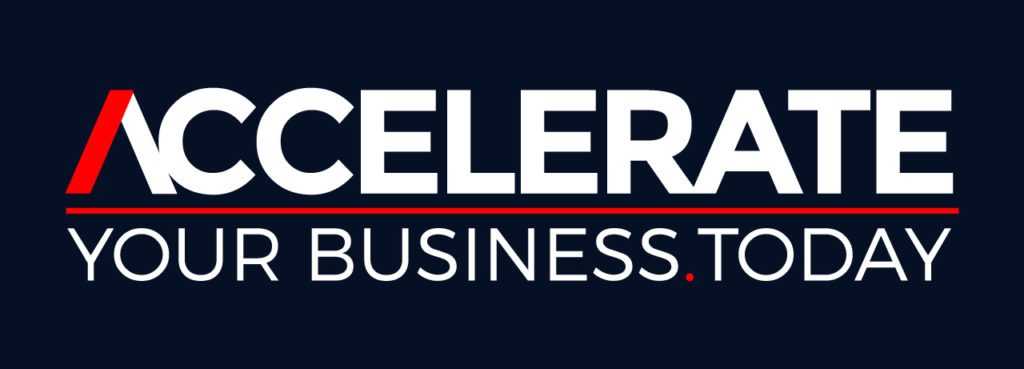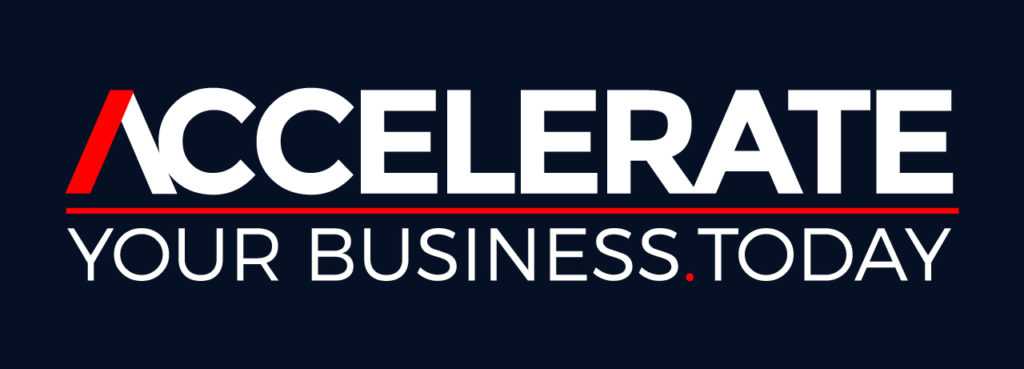The Proven Simplest Process To Reduce Costs And Make More Profit Now
Recession headwinds are blowing a gale for many businesses.
Empirical evidence shows that businesses that invest more in marketing during downtimes ride a higher performance wave as the economy returns to growth.
Is your business doubling down on growth now?
- Is your business focussing on new demand generation and reducing business waste to rebound faster and emerge more potent in eighteen months (after the recession)?
- Is your business investing in next-generation profit drivers like Social Selling to deliver higher returns on investment even in recessionary times like Today?
Gary Vee recently said (he is chairman of New York-based communications company VaynerX and CEO of VaynerX subsidiary VaynerMedia with offices across the Western world) –
“Today, in the world, in real life, more stuff will be bought because of social media creativity than any other advertising format in the world… The social-first approach is just common-sense marketing! It’s time to get on board and leverage the power of social media to take your brand, community-building and cultural relevance to the next level!”
Does your business have a social-first approach?
ACCELERATE will soon release Australia’s best value social media management offers for small and medium businesses. It includes Free custom-branded videos and saves up to 90% of competitors’ prices.
We see daily how social selling – when done well, helps businesses sell more, improve culture, build community and perform better.
Regardless of your industry, age of business, or country – social selling is the vital missing growth accelerator for many.
Matching social selling lead generation with a disciplined approach to cost savings is a vital leadership skill. With new revenue pressures comes the expense pressure to cut costs – but which expense lines?
Is there a global standard, proven cost-cutting approach that also improves performance?
It’s called Kaizen.
Toyota first perfected Kaizen – a mix of total quality control and a focused approach to business-wide waste and driving costs down.
Since then, nearly every industry in every country has implemented Kaizen.
How does it work?
At its core, Kaizen is about improving culture and performance, focusing on quality and waste.
Waste is – failing systems, processes, people, products, and services. Examples are eliminating reports nobody reads and arranging workstations sequentially like a production line.
Its core pillars to improve are
A team approach and open people’s minds – how to win more.
Bringing teams together – many eyes make waste reduction faster and simpler to implement.
Your Business Culture Test – how many business improvement suggestions per employee are you getting weekly?
Many businesses can go months or years without getting any business improvement suggestions from their teams. Introducing the Kaizen methodology opens the floodgates to macro and micro improvements.
Kaizen seeks
Improvements without spending much money, involving everyone from leaders to employees, and using much common sense.
Kaizen is an ongoing, never-ending improvement process that lifts profits by reducing waste.
- The top Kaizen principles to implement,
- Discard conventional rigid thinking about work,
- Change how your business thinks to how best to do it, not why your business cannot change,
- Start by questioning your current practices,
- Do not seek perfection. Do it immediately to achieve only 50% of the targeted savings – better to bank savings now – follow up the rest of the savings later,
- Seek the wisdom of ten people rather than the knowledge of one – bring teams together to find better solutions,
- Ask “Why?” five times and seek the root cause of the problem, blockage, waste and underperformance,
- Remember, the opportunities for continuous improvement are infinite – never stop looking,
The big difference between a high-performance business and all the rest is its systems, controls, and continuous improvement methodologies.
Kaizen believes – there is no improvement with few proven and tested high-performance standardised systems – has your business optimised its process and systems to gain higher sustained performance?
Attributes of high-performing businesses – business leaders,
- Effective management by walking around creates focus & energy,
- Clear prioritisation and resourcing focus on priorities with the team,
- Integrated the skills and processes to drive continuous improvements – regular idea generation sessions, agreed prioritisation, and idea ownership and implementation reviews are critical to driving change at speed.
- With any slips in the timetable and cost savings evident to all the team and management,
Typically team weekly review meetings focus on Operational Efficiency,
- Four objectives for weekly meetings
- Overview of deep dive process reviews,
- Overview of potential improvement opportunities (with an estimated dollar value of changes)
- Keys to delivering impact (project steps)
- Agree on the next steps,
- Details would likely include
- KPIs of who, when, why and what has been achieved,
- Incentives and KPIs aligned to drive the right behaviours and changes,
- Clear process steps to meet operational and cost savings,
- Problem-solving within the teams,
- Centres on the fundamental notion of a “gap” or “deviation” from the standard (e.g. cost, quality, delivery gaps)
- Kaizen – focuses on achieving a new standard or level of performance, continuously improving and exceeding industry best practices is the aim,
“Continuous effort – not strength or intelligence – is the key to unlocking our potential.” Sir Winston Churchill, Wartime British Prime Minister WW2.
In summary,
Are you empowering the work experience and bringing out the best in every person?
Promotes personal growth of all?
Improves quality, safety, cost structures, delivery, environments, throughput and customer service/satisfaction continuously?

